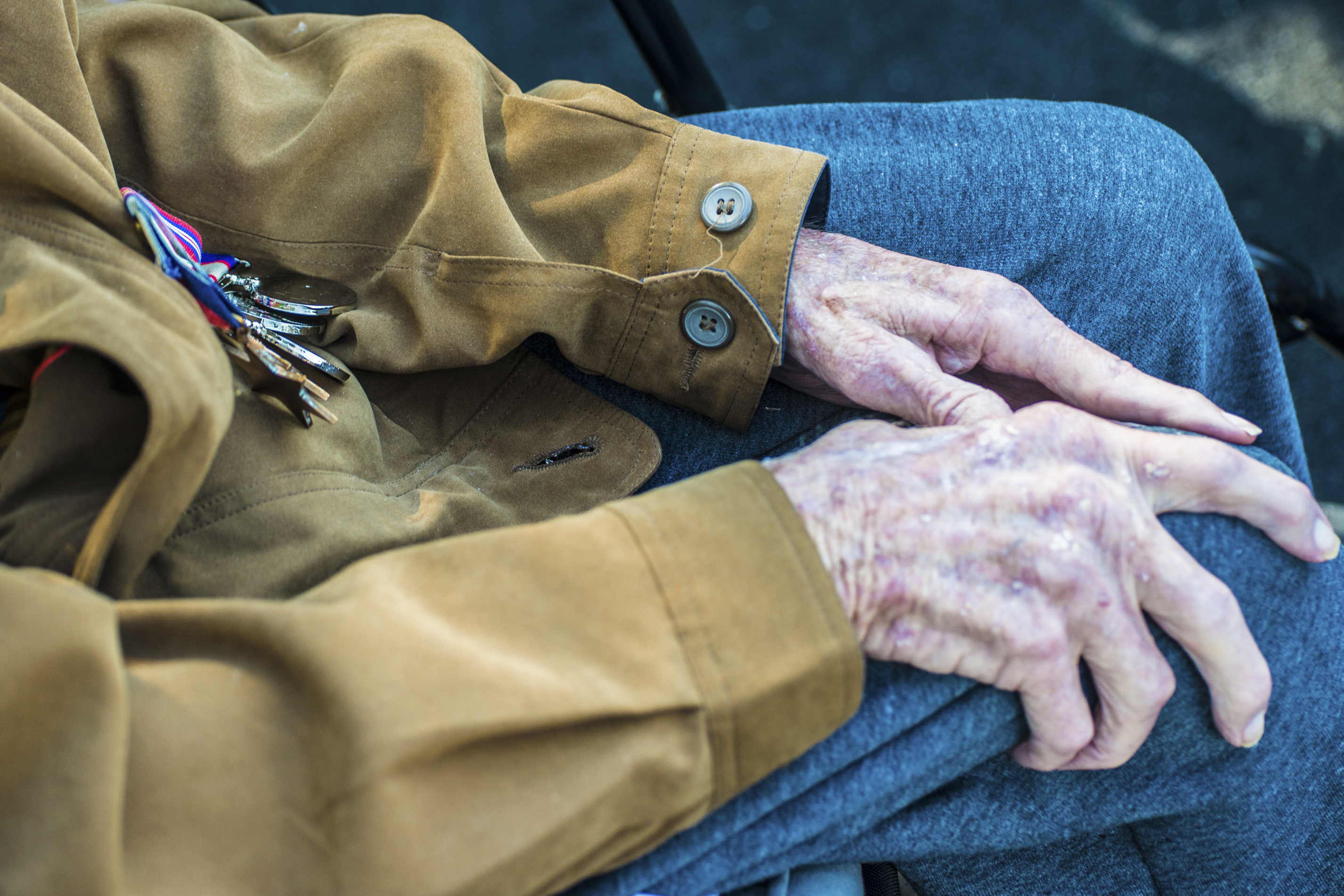Veterans released from prison are five times as likely to attempt suicide as their peers who have never been incarcerated, report UConn Health researchers in an article in press in the American Journal of Geriatric Psychiatry.
“People over 50 are the fastest growing segment of the prison population, and most of them will eventually be released,” says UConn Health epidemiologist Lisa Barry. Regardless of a person’s age, release from prison increases the chance of death in the years immediately afterward. But older prisoners tend to have fewer friends and family around when they get released, and may find it even harder to reintegrate into the workforce than the average ex-prisoners, with the double stigma of being a former prisoner and being old. Knowing this, Barry and her colleagues suspected older ex-prisoners were at high risk of suicide attempts, but there was very little data available on the health of older, just-released prisoners.
Barry and her colleagues worked with the Veteran’s Administration to get data from its Suicide Prevention Application Network (SPAN). SPAN tracks suicide attempts by veterans, and includes detailed information including time and date, mechanism of the attempt (hanging, drug overdose, etc.), and whether the veteran has any safety plan to prevent another attempt in the future. The researchers combined SPAN data with the medical records from Medicare and the VA of more than 14,000 people age 50 and older between 2012 and 2014. Approximately half had rejoined the community following incarceration during this time. The other half were counterparts of the same age and gender who had never been incarcerated.
The results were sobering. Veterans who had been incarcerated and then released from prison when they were older than 50 were five times more likely to try to kill themselves than their never-imprisoned counterparts. When the researchers adjusted for conditions including brain trauma, mental illness, and homelessness (all additional risk factors for suicide), those who had been imprisoned were still three times as likely to attempt suicide. They were also more likely to die from accidental drug overdoses and other apparently accidental deaths. Although the rates of death by suicide did not differ between the two groups, “The risk of suicide may be larger than we report. For some of those classified as dying by accident, was there some intent? We may never know,” Barry says. “But there needs to be awareness that this is a high-risk group, and perhaps a need for targeted prevention.”
Barry and her colleagues are currently looking more closely at the healthcare services used by people who attempted suicide versus those who did not. They hope to find patterns that could help identify who is most at risk, and perhaps point to effective preventive strategies that health care providers serving the older population can use to help.
Researchers from UConn Health, the Veterans Administration, University of California-San Francisco, and University of Rochester contributed to this study.
The study was funded by the U.S. Department of Veterans Affairs and the National Institute of Mental Health.



